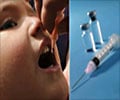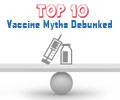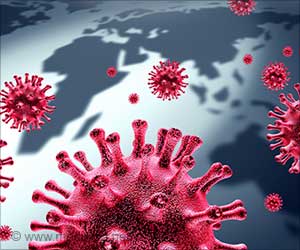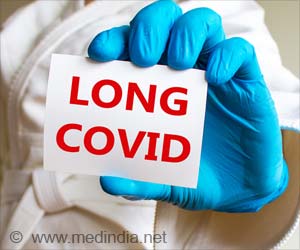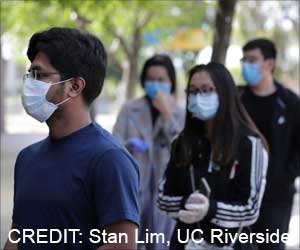A study of nearly 300 recently identified human SARS-CoV-2 antibodies has helped identify a commonly used gene in antibodies. The gene effectively targets the receptor-binding domain (RBD) of the spike protein of the SARS-CoV-2 virus and blocks it from binding to ACE2 receptors on the lung cell surface.
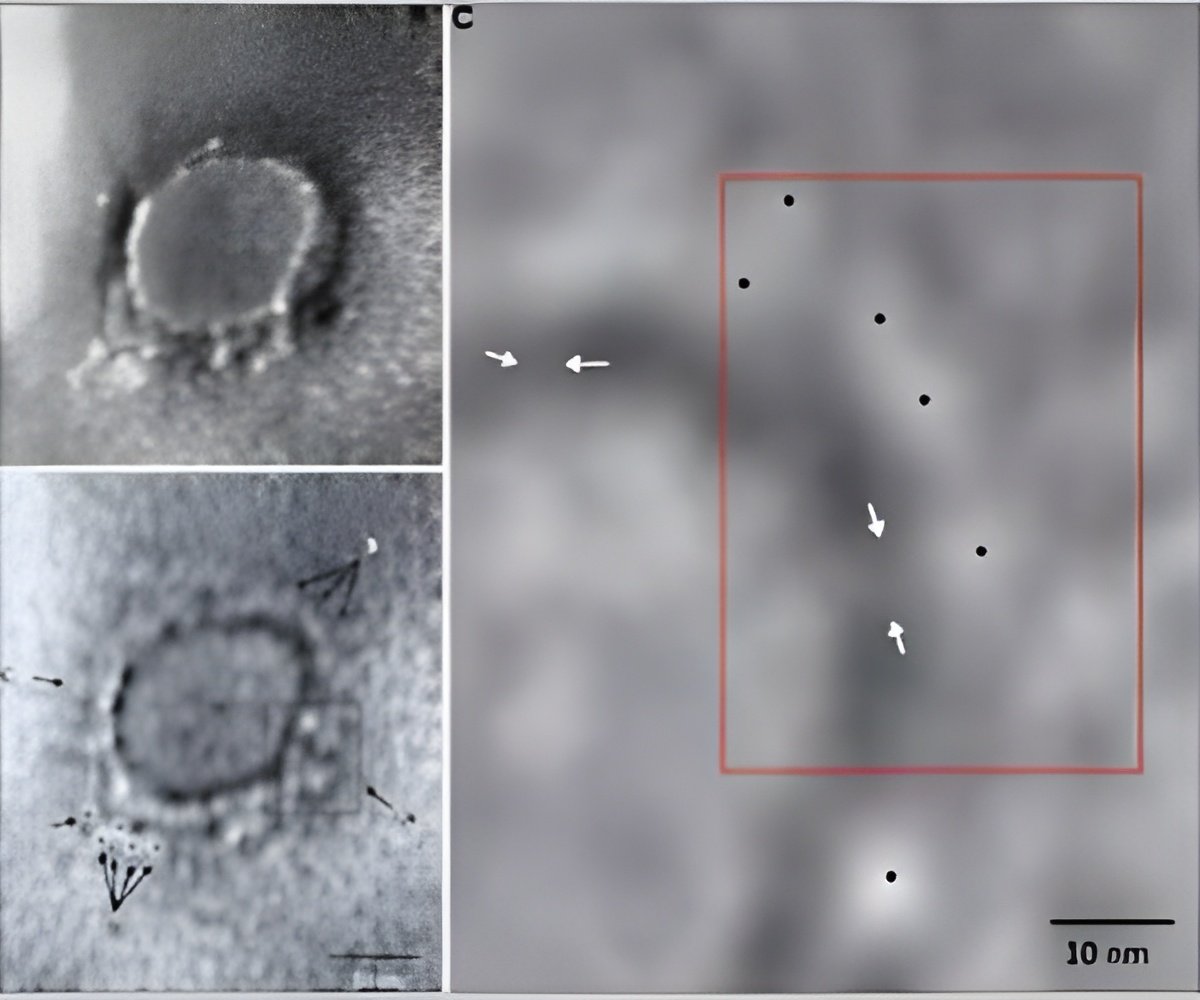
‘A gene IGHV3-53 in the IGHV gene family is the most frequently used gene in the antibodies that effectively targets the receptor-binding domain (RBD) of the spike protein found in SARS-CoV-2.’





The spike protein of SARS-CoV-2 uses its receptor binding domain (RBD) to infect the host receptor, ACE2, on human cells. Antibodies that could target RBD and block binding to ACE2 are highly sought, and a number have been discovered. Here, Yuan Meng and colleagues compiled a list of 294 such RBD-targeting antibodies. By analyzing them, they found that a gene in the IGHV gene family, known as IGHV3-53, is the most frequently used IGHV gene for targeting the RBD of the virus spike protein. IGHV3-53 antibodies, the authors say, not only have lower mutation rates but are also more potent. By studying the crystal structures of two IGHV3-53 antibodies bound to the RBD, the researchers identified the features that lead them to be so effective at binding and so highly potent, features that make them promising for vaccine design.
This detailed insight into IGHV-53 neutralizing antibodies should facilitate design of vaccine antigens that elicit this type of neutralizing antibody response, the authors say. "As IGHV3-53 is found at a reasonable frequency in healthy individuals, this particular antibody response could be commonly elicited during vaccination," they write.
Source-Eurekalert




